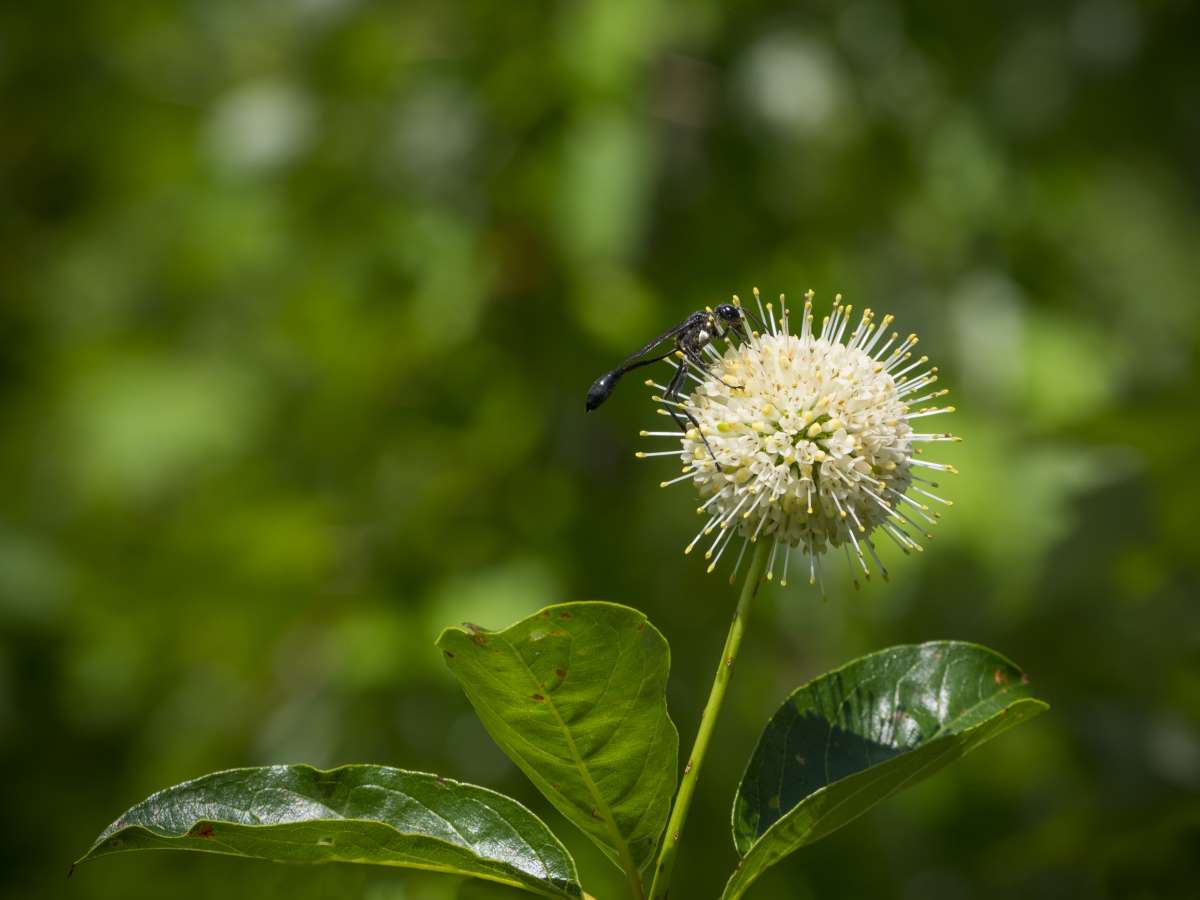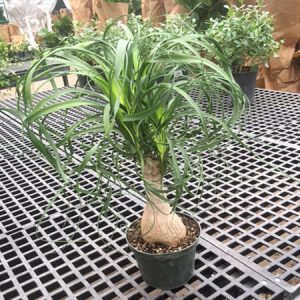Description
Cephalanthus –
There are about 10 species of deciduous and evergreen trees and shrubs, in this genus. They occur mainly by rivers in temperate and tropical regions of Africa, Asia, and North and Central America. They are grown for their ball or button like, terminal or axillary heads of small, fragrant flowers which are deep green often tinted with red, especially on the veins, midribs or stalks. They variable leaves vary greatly in size and shape, are held opposite or whorled. Suitable for a shrub border. The foliage may cause discomfort if ingested.
Grow in fertile, humus rich, moist but well drained, neutral to acidic soil in full sun or partial shade.
C. occidentalis var. pubescents – Buttonbush – Button Willow – Honey Balls – This open branched, evergreen or deciduous shrub or small tree from Indiana to Texas grows 6-20′ feet tall and 8-15′ feet wide. It produces pointed, oblong to ovate-lance shaped leaves, to 7″ long. The glossy, mid green leaves, with red veins and red midribs beneath, are held opposite or arranged in whorls of 3 and emerge in late spring. In late summer and early autumn it bears dense, rounded heads, to 2″ across, of small, fragrant, tubular-funnel shaped, white or cream flowers.
Zones 5-11





